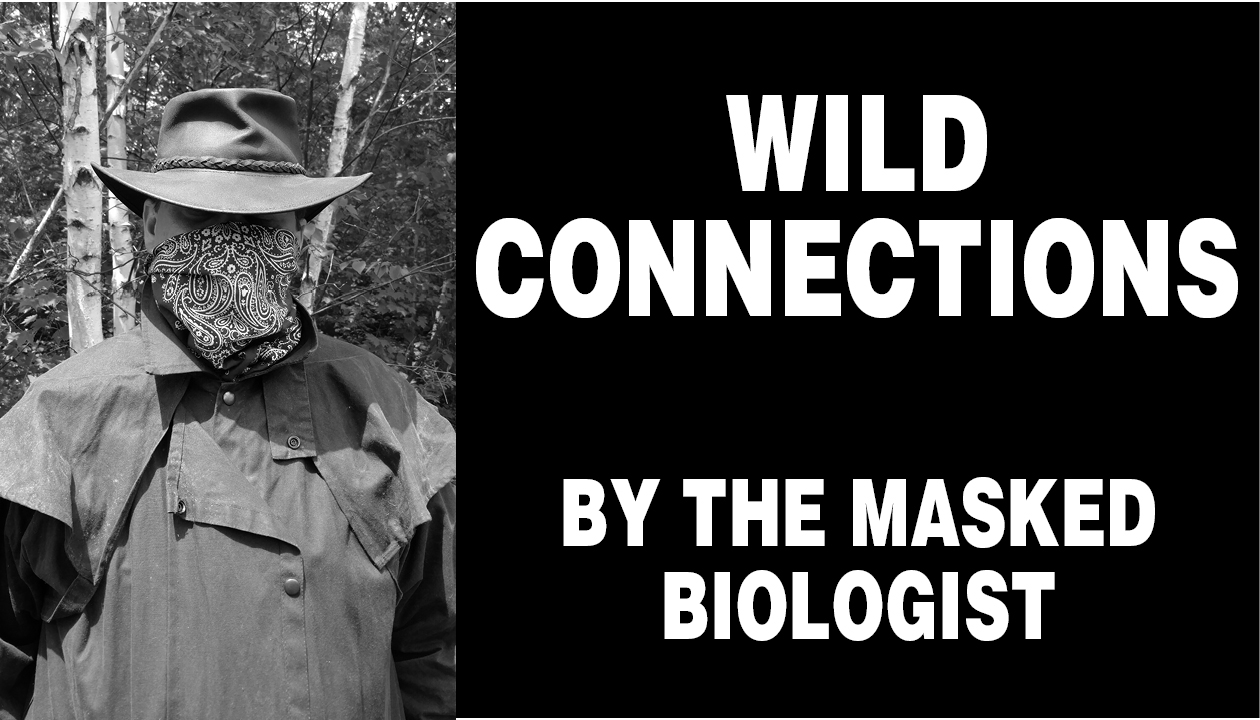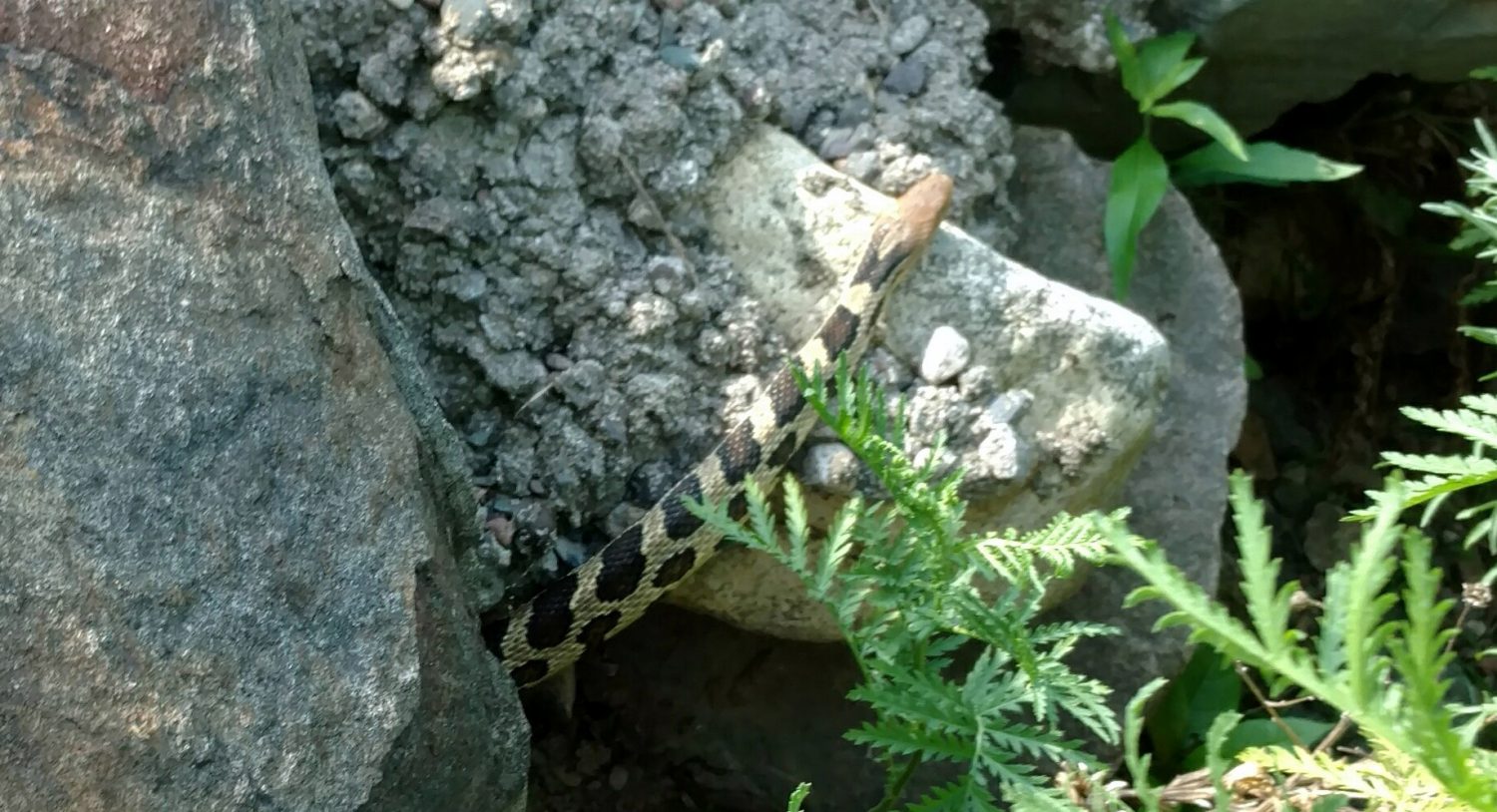A look at the natural resources that make our state great

Wild Connections
By The Masked Biologist
Wisconsin is a truly remarkable state. Maybe you knew that, and that was why you moved here from another state or country. Maybe you were born here, and never saw the need to move anywhere else. Wisconsin may not have snow-capped mountains, or roaring oceans or rain forests, but the resources available in our state are truly remarkable.
For example, we may not have oceans, but our water bodies are truly impressive. We are in the Great Lakes region, named for the largest freshwater system on the planet. To the north is Lake Superior, the largest freshwater lake by volume on the continent and by surface area in the world. Lake Michigan, to the east, is the second largest lake by volume on the continent. There is no doubt that this gives us a unique climate, and provides some amazing fish and wildlife habitat. Our state is bordered on the west by 130 miles of the St. Croix River, a National Scenic Riverway which was one of the first eight rivers protected by the National Wild and Scenic Rivers Act of 1968. The St. Croix flows into the Mississippi River, which bounds our state for about 200 miles. The Mississippi is the fourth largest river in the world by length, and is home to 119 species of fish in its upper reaches.
We may not have snow-capped mountains, but the physical geography of Wisconsin is fascinating. Long ago, our state was shaped by glacial action. Our highest elevation, Timm’s Hill, is 1,951.5 feet above sea level, and our lowest point along the shore of Lake Michigan is 579 feet, an impressive difference of 1,372 feet. We have the Driftless Area in the southwest, the Glacial Lake Grantsburg area of the northwest, and one of my favorites, the Niagara Escarpment, moving almost 1,000 miles from east central Wisconsin, along the east shore of Lake Winnebago, forming most of the Door Peninsula, then continuing northeast through Canada and into New York where it forms Niagara Falls. We may not have tropical rain forests, but we have some amazing landscapes. In fact, Wisconsin has 16 identified ecological landscapes, including savannahs, plains, prairies, coasts and forests. Northern Wisconsin is known for its forests, known as the Northwoods; 46 percent of the entire state is covered in forests of various kinds.
With the remarkable variety of land and water comes an equally remarkable variety of fish and wildlife species. In fact, nearly 693 vertebrate species are documented as occurring in the state. According to the Checklists of Wisconsin Vertebrates, we have 159 fishes, 19 amphibians, 35 reptiles, 408 birds and 72 mammals. Of those, an impressive 668 are believed to be native, with only 25 considered introduced non-native species (14 fishes, eight birds and three mammals). Sadly, about a dozen native species have been extirpated according to early records, and although some are now extinct (like the iconic passenger pigeon), some have been reintroduced and others (like the cougar) may be returning of their own accord.
 There is a lot to know about every bird, fish and animal, and the habitats that contain them. In future articles I plan to examine these species and ecosystems, possibly in a way you hadn’t considered, and help connect you to the natural resources that make Wisconsin truly remarkable.
There is a lot to know about every bird, fish and animal, and the habitats that contain them. In future articles I plan to examine these species and ecosystems, possibly in a way you hadn’t considered, and help connect you to the natural resources that make Wisconsin truly remarkable.
The Masked Biologist earned a bachelor of science degree from a University with a highly regarded Wildlife Biology program. He has worked for natural resource agencies from the Rocky Mountains, across the Great Plains and into the Midwest which provided opportunities to work with a variety of common and rare fish, plant and wildlife species. You can follow The Masked Biologist on Facebook.
Leave a reply
You must be logged in to post a comment.


